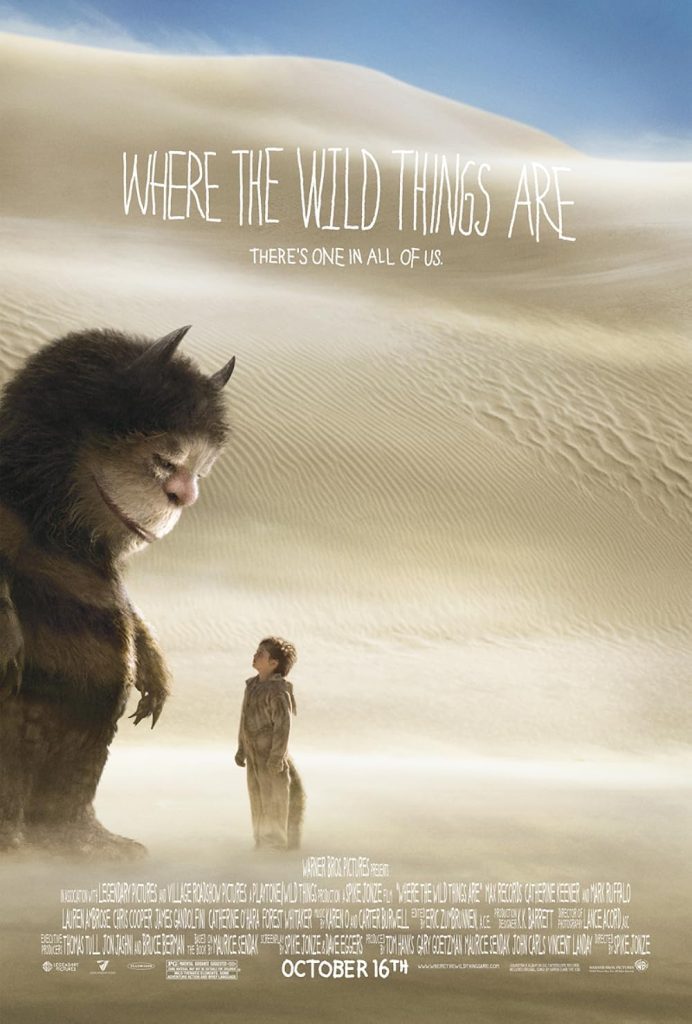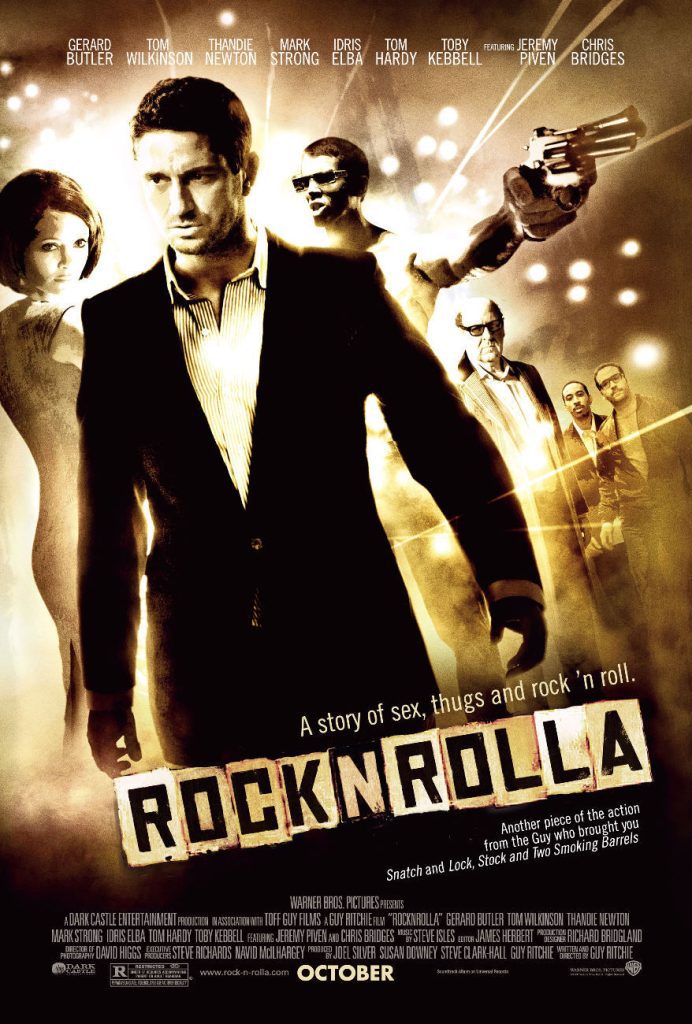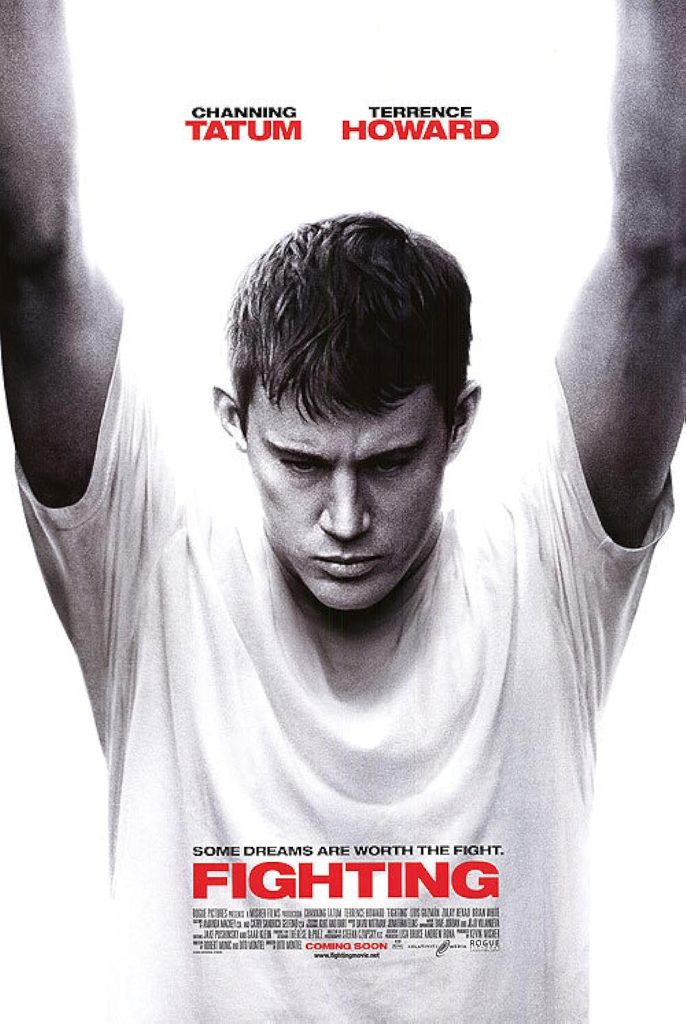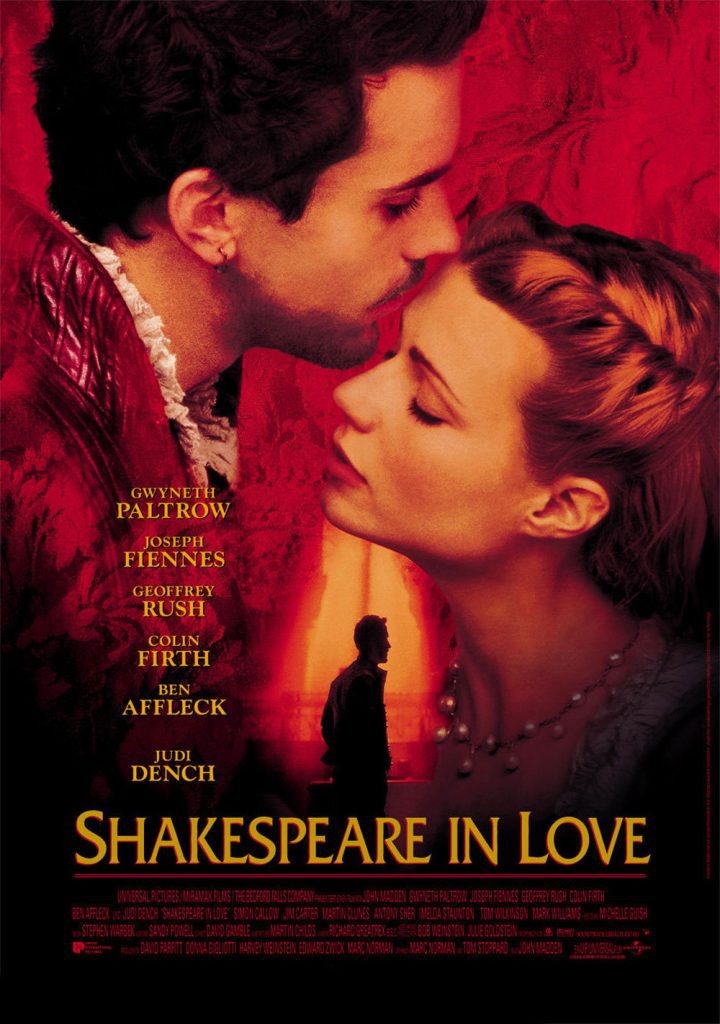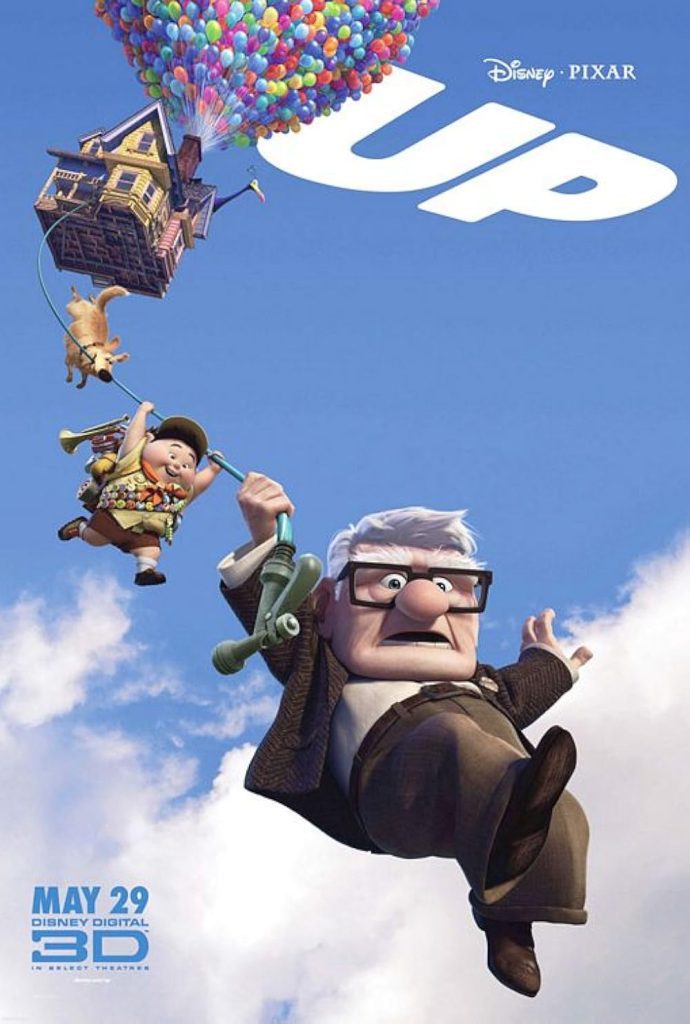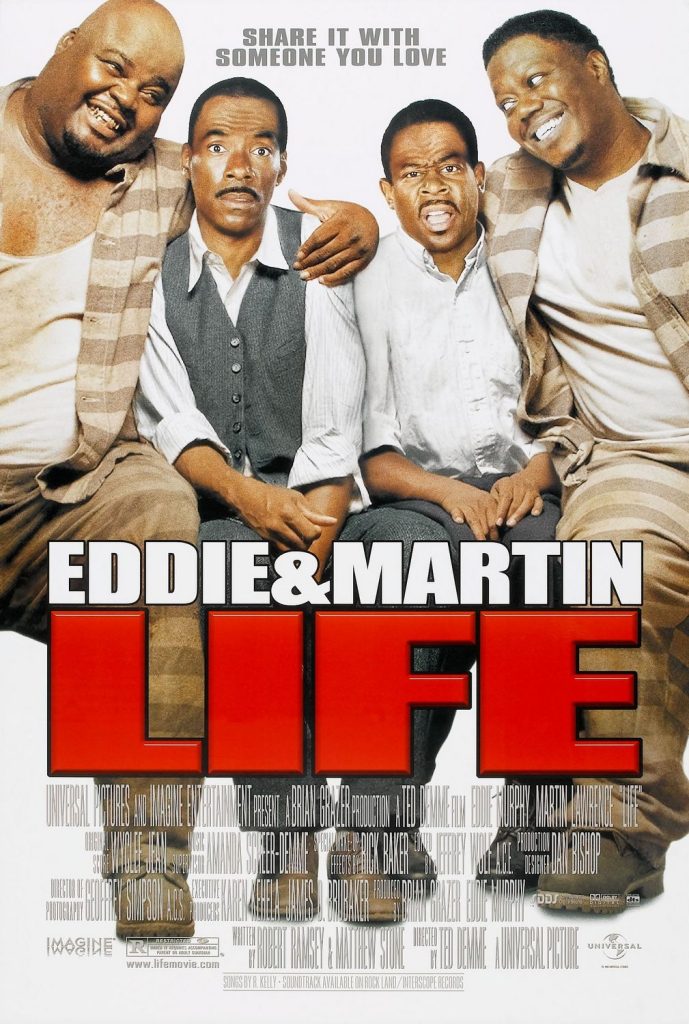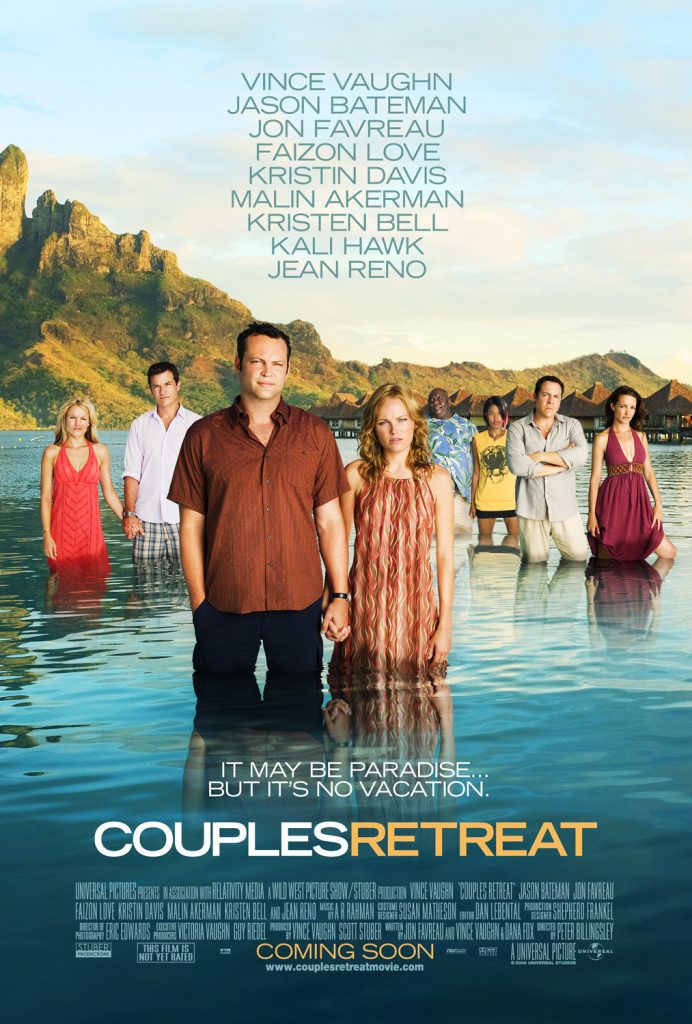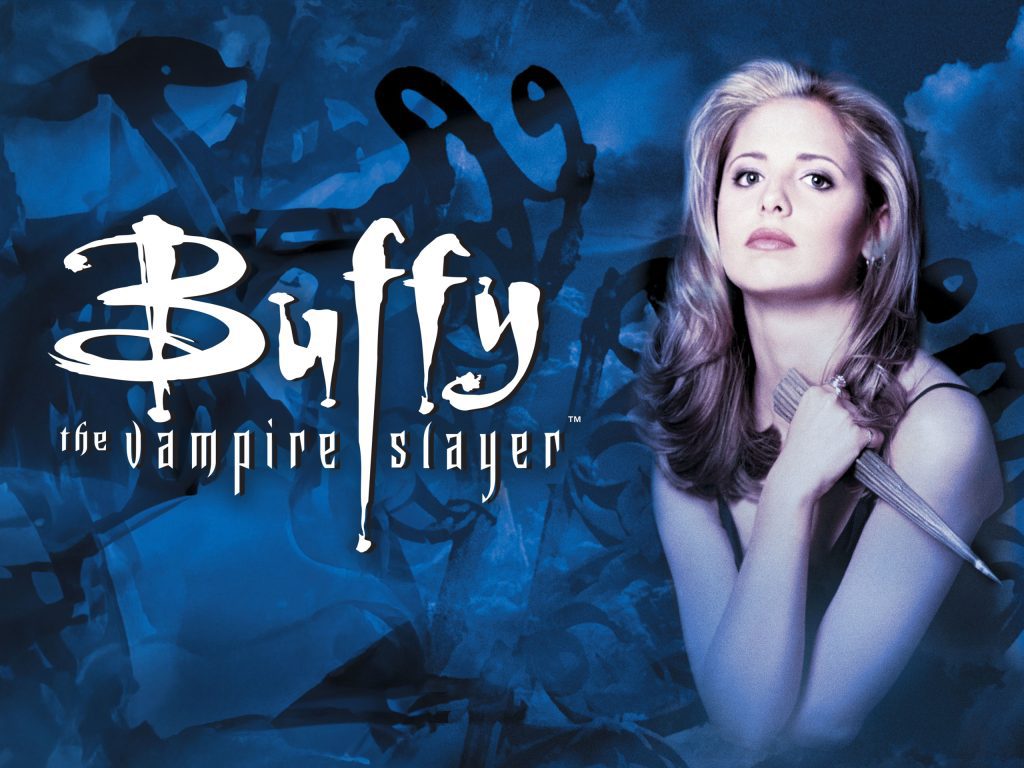
Buffy: I hate this. I hate being here. I hate that you have to be here. I hate that there’s evil and I’ve been chosen to fight it. I wish a whole lot of the time that I hadn’t been. I know a lot of you wish I hadn’t been either. This isn’t about wishes. It’s about choices. I believe we can beat this evil. Not when it comes. Now when its army is ready. Now. Tomorrow morning I’m opening the seal. I’m going down into the Hellmouth and I’m finishing this once and for all. Right now you’re asking yourself what makes this different. What makes us more than a bunch of girls being picked off one by one? It’s true. None of you have the power that Faith and I do. So here’s the part where you make a choice…
The last chapter in Buffy the Vampire Slayer brings the burning question before us: Is there more to despise or to admire? Buffy began as a great allegory where teenage problems were replaced with literal demons and one girl fought against them. Every season seemed to have some grand metaphor behind it. The only words that kept repeating in my head watching the Season Seven episodes, though, were “wasted potential.” They seemed apt, since the plot revolved around the “potential slayers” facing extinction at the hands of the Season Seven “big bad,” known as The First. The irony was not lost on me, and Mutant Enemy had delivered its last metaphor for Buffy. At the same time, I still found myself sucked into the world of Buffy. I rooted for her to go out with a bang, and thankfully she does.
Season Seven begins with the reopening of Sunnydale High School, and guess who is really nervous about it? While Dawn enrolls as a student, Buffy gets a job as a guidance counselor so she can keep a watchful eye on the place, which sits over the Hellmouth. Spike reappears with a soul, but he’s also mad as a hatter. He’s been living in the school’s basement and going all Sixth Sense on us by seeing dead people. Everyone starts to sense “something big is coming,” so the team reassembles. Willow returns from her magic rehab in England, and soon after Giles appears with mysterious girls in tow that he calls potentials. The Slayer line is in jeopardy, as some group of blind monks is running around the globe killing all of them so that Buffy will have no heir to continue the fight. Things escalate as more people begin seeing dead people, and soon Buffy realizes an old foe from Season Three is back—The First Evil. It is a noncorporeal entity that appears in the form of someone deceased and is hell-bent on permanently opening the Hellmouth and taking over the world. Can Buffy and her Scooby gang save the world one last time?
Six discs come in the expected cardboard folding slipcover case adorned with the beloved cast and carrying the following episodes:
Disc One:
- Lessons
- Beneath You
- Same Time, Same Place
- Help
Disc Two:
- Selfless
- Him
- Conversations with Dead People
- Sleeper
Disc Three:
- Never Leave Me
- Bring On the Night
- Showtime
Disc Four:
- Potential
- The Killer in Me
- First Date
- Get It Done
Disc Five:
- Storyteller
- Lies My Parents Told Me
- Dirty Girls
- Empty Places
Disc Six:
- Touched
- End of Days
- Chosen
In watching the entire seventh season of Buffy the Vampire Slayer again I was comforted by the fact that it seemed better when taken as one long movie instead of being assigned the spotty schedule UPN provided during the broadcast run. It certainly remains the weakest link in the show’s seasons, but it has its moments, and DVD helps keep the momentum rolling better. Even bad Buffy episodes seem to have fun lines and references to seasons past that bring a smile. The story starts off staggeringly well. “Conversations with Dead People” is probably one of the scariest episodes of the show ever conceived, and it became the high point for me. It was the event episode of the season, much like the musical “Once More with Feeling” or the silent “Hush” in seasons past. What the producers did was assemble four writers, including Joss Whedon, Marti Noxon, and Jane Espenson, to write specific vignettes that would be tied together in the final edit. It involves Buffy, Willow, Dawn, and two of the previous season’s nerd troika being visited and psychologically tortured by dead people from their pasts. It is absolutely masterful and breathtaking, and downright scary as hell. This set starts and finishes well, but it’s the middle act where things fall apart. Maybe Joss Whedon and Mutant Enemy’s production team were overwhelmed with keeping three shows on the air (the most they ever had). Plot holes appeared throughout, and often subplots were dropped with no resolution. The potentials were introduced, and it seemed there were too many characters for us to care about.
And what of our core group? Xander (Nicholas Brendon) was given little to do other than cheer up Dawn when she was feeling down or repair the house when it was trashed after a fight. He even doesn’t appear in “Conversations with Dead People”—a first for the series. Willow seemed wary of using magic (odd since in a crossover episode with Angel she doesn’t hesitate!) and even more wary of beginning to date again after Tara’s death. The actress playing Willow, Allyson Hannigan, seemed plain weary herself, merely going through the motions. Once the writers introduced a romantic subplot concerning Willow and one of the potentials we realize how much chemistry she had with Amber Benson (Tara). Her love scenes with Kennedy (Iyari Limon) are absolutely heartless and feel forced. Anyone else notice that in the operatic final shot of the series Kennedy is nowhere to be found? Tara certainly would have been by Willow’s side. Giles (Anthony Stewart Head) does little other than bring more girls into the house and seems bitter and grumpy to be back. In an odd move, Whedon and company bring in Andrew (Thomas Lenk) from the nefarious nerds of the sixth season, and kill off Jonathan (Danny Strong). Andrew hangs out in the house for the rest of the season as comic relief, but wouldn’t Jonathan make more sense filling that role since he knew the gang from the beginning? And with Andrew for comic relief, poor Anya (Emma Caulfield) has very little purpose. She does get her own very strong episode, “Selfless,” which reveals her origins, but she fades into the background in many episodes. Dawn (Michelle Trachtenberg) grows up a little but, like Xander, seems to serve little purpose any more.
Buffy’s own arc seems even more troubling and problematic. Sarah Michelle Gellar has to become a leader in this season, and it seems all she really wants to do is leave. Buffy is given these horrible long Patton speeches to show her leadership, and it never seems to gel. Gellar’s best turns come when she plays The First and gets to be purely evil for a change. Buffy is redefining herself in this season, going from a loner to a person who defines herself more through community. It makes sense, but it’s executed poorly. The journey seems unclear for her. It’s hard to tell if Gellar is playing Buffy’s weariness with the situation or if this is the actress marking time before departing for bigger things. The character is not as dour or angst-riddled as the previous season, but then she’s also not quite as bubbly and fun as she was prior to that. Did Gellar or the writers forget what made Buffy special? Seems like she needs Spike or another member of the supporting cast to remind her in about every other episode what that is. There’s little character development for anyone in this season, and that holds it back. When I look at the episodes I liked best I realized they were all about self-revelation for our core group and Buffy. I was wondering where all the whip-smart insights into the mind of a woman finally growing up were. Why was Buffy going through all of this? The show is about growing up and coming to terms with your own power, and it seems like there is no clarity here to help Buffy along that path.
That seems to be the biggest problem for the season—it’s unclear why these things are happening and if they have any purpose. If The First is inside everyone already, why does it want to come out and take physical form? Seems rather like when the Mayor in Season Three went from indestructible human to a very easy-to-dispatch snake. Why are its ultimate weapons, the Übervamps or Turok-Hans, seemingly impossible to kill early on and then easily killed by the season’s climax? Buffy goes eleven rounds with the first one out of the seal and nearly loses. Yet in the final battle Anya and Andrew dust quite a few without any super powers. Why does Buffy lead the girls in an all-out assault when Spike seems to be the key to the plan (without anyone knowing it)? Seems like a lot of girls could have been spared with knowledge of what the ultimate solution was going to be. Why does The First say things like “She will not choose you” to Dawn and “It’s not time for him” in reference to Spike, and then we get no payoff? I could go on, but suffice it to say a lot is left unanswered, which is not usual for this series; it was always respectful of its own mythology until Season Seven. The promise and potential are there; they just never manifest. And is it just me, or do they seem overly fond of The Lord of the Rings references in this season? We get the Übervamps, who look like Orcs, and Gnarl, who seems an imitation of Gollum, and that last battle scene seems lifted out of The Two Towers.
Joss Whedon states that this is the season where he wanted to bring it all around “back to the beginning” and the original mission statement of the show. Yet the Big Bad in this season seems to be the specter of the previous stronger seasons. The First appears as every villain from every season, and as cool as that is it made me miss each villain that seemed superior to this one. When they resort to using Gellar as The First it makes me wonder if she’s fighting her old self and the character that was first planted on the Hellmouth seven years ago. The show seems to be fighting its own expectations. The ghosts of seasons past are haunting the crew and reminding them they used to be heroic and funny.
One character from the earlier seasons seems painfully absent: Tara (Amber Benson). It was rumored that she would return this season in a guest spot, or possibly rejoin the cast for the final fight. One proposed sequence early in the season had Buffy earning one wish to alter reality. She would debate whether to bring Joyce back or erase some other terrible tragedy. She would walk into Willow’s room with a new pair of shoes and proclaim that was what she wished for. When Willow scoffed she would say “Look behind you,” and there would be Tara. At least, that was the rumor. The more real possibility was to have Tara return for “Conversations with Dead People” to talk to Willow as The First. On the commentary it is stated that she had scheduling problems, but Amber Benson said in interviews she did not want to return as a villain. Her reasoning was that she didn’t want fans of Tara to see her for the last time psychologically torturing Willow (something Kristine Sutherland as Joyce seemed to relish). I also wondered why they never brought in Jenny Calendar (Robia LaMorte) for a guest spot as The First as they did in Season Three. And I wish Oz (Seth Green) could have returned at some point as well.
Technically, the transfer is the worst Buffy the Vampire Slayer has ever looked on DVD. I can’t say it’s the transfer’s fault, since many sequences are beautifully rendered and look as good as any other offerings in the previous sets. Yet there are some stretches where grain is not only present but overpowering. Were they shooting this show on Super 8 film at some points? It’s as bad as the first and second seasons, when the show had no budget. Dark sequences look wretched, and scenes with green screen effects are just as bad. The screen menus that used to have a lot of razzle-dazzle and flash images? No, this time we get a stylized “B” and some music. The sound mix is the old stereo surround bass-heavy mix the show seems so fond of. At least that remains fine and serviceable.
For all my snark and displeasure, there are still some good things about Buffy the Vampire Slayer—The Complete Seventh Season. Throwing it all to the wind, I will say even bad Buffy is better than most of the television out there. The story does seem unfocused at times, but it provides a logical climax and resolution to the one issue Buffy has faced the entire run. She’s always been alone in this fight, and she’s always fought her destiny to be the only one who can save the world. She’s longed to be able to live normally. She’s yearned to grow up and be a woman with choices rather than a tool of fate. And if there is one thing Season Seven achieves, it is her freedom—finally. The last hour of “Chosen” is a landmark episode that finally ties up the struggle once and for all. Sarah Michelle Gellar smiles, and it is both Buffy’s and her own relief that the character is finally at peace with herself.
This set has the best commentaries of any of the Buffy season releases. Actors, writers, and producers appear on the best episodes of every disc to explain the show and reflect on what it was like working on Buffy. Joss Whedon, appropriately, provides his last commentary for the finale episode, and it’s a touching send-off to his own creation. They certainly didn’t skimp this time around on the extras. And you can finally see the “previously on” sequence that preceded Buffy‘s 100th episode, “The Gift,” as an Easter Egg found to the left of “The Last Sundown” featurette. Joss Whedon reveals his favorite ten episodes in that segment, and guess what? He wrote all ten. And finally I get vindication for years of saying that Season Two was the ultimate Buffy, as he names one of those episodes the best.
You have to love the return of the “dark slayer,” Faith (Eliza Dushku). Even though she mysteriously talks like she’s been watching MTV Raps or American Idol‘s Randy Jackson too much, she’s always a welcome addition to the show. Eliza turned down a proposed Faith spin-off that would have included Spike (she took an offer to do Tru Calling instead). She could have carried that show because Faith always ups the ante when she shows up, and she marks the best part of Season Seven’s climax. Also ranking right up there with Faith for adding energy and excitement is a new character, the high school principal Robin Wood (D.B. Woodside). He’s a welcome breath of fresh air as a man with a mysterious past who kicks some serious vampire ass when needed.
And how could I not mention James Marsters in his swan song scene-stealing portrayal of Spike? After a dark turn in the last season he continues the arc of his character exquisitely and adds a sense of drama to everything. He came in during the second season and never left much to the pleasure of the fans. He seems honest and real, and always had soul even when he wasn’t supposed to. Spike saves the day several times in Season Seven, and he also kept me interested with a textured performance that begged for an Emmy nomination. Angel (David Boreanaz) also makes a brief appearance, but he hardly has the impact of “Captain Peroxide.” I love Angel, but he’s barely in this season. If Spike is your favorite of the two, this season is for you.
Buffy the Vampire Slayer probably went on a season or two past its prime, but it remains a groundbreaking series. In the end I am not sure exactly what it accomplished for feminists or all the academic types who seem to want to dissect it in terms of its philosophy and religious implications. Honestly, girls have been kicking butt on television for as long as the medium existed! Charlie’s Angels,Xena, and Wonder Woman all predated her mid-’90s arrival. To me it was a great genre show that made horror and science fiction funny, smart, and eminently entertaining. It was the most improbable of hit series, and it defied many conventions (but it also subscribed to just as many). It was gleefully simply great television.
Buffy the Vampire Slayer—The Complete Seventh Season is a must-have collection for the fans despite any shortcomings. Episodes like “Conversations with Dead People,” “Lies My Parents Told Me,” “Selfless,” “Storyteller,” and “Chosen” are worthy additions to the show and rectify most of the plot holes and chaotic plotting that is Season Seven. They even make up for that Ashanti guest role (you thought I would forget that, huh?). The extras are great and the commentaries are crucial. There is enough here to still admire the magic of Buffy. It’s the last sundown, to be sure.
For more movies visit Soap2day.
